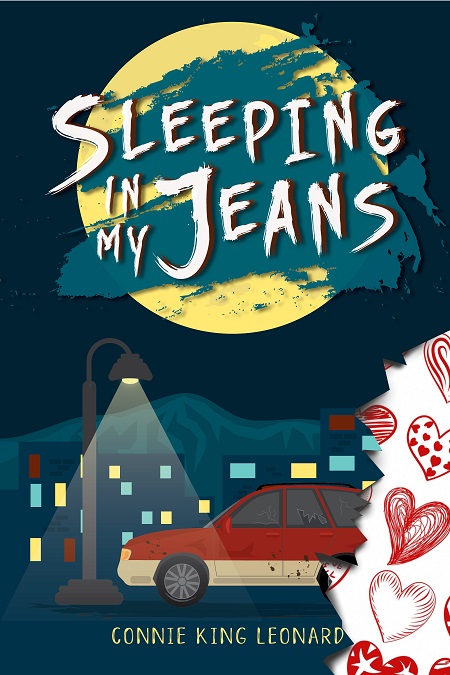In the decades since it initially formed as a literary category, young adult fiction has built a reputation for its evocative, engaging characters. Readers know that they can turn to YA—perhaps more reliably than most adult fiction—to find nuanced, sophisticated characterization, whether they’re reading sprawling fantasies, slice-of-life romances, or gripping thrillers. The power of YA’s most compelling characters, though, doesn’t come from impressive martial arts skills or sharp wits or cool gadgets. These characters are engaging because they are written with empathy.
Empathy is not so much feeling something about a character, but feeling something with a character. It is not only being sorry for a character when they struggle and happy when they succeed—it’s about the reader experiencing those trials and victories as if they were their own. And when those trials and victories are rooted in immediate real-world issues, there’s more at stake than well-written characterization.
For a character to be truly empathetic, they must evoke two feelings in the reader: “I understand what this character is going through,” and “This character understands what I am going through.”
In Ooligan’s upcoming YA title, Sleeping in My Jeans by Connie King Leonard, Mattie Rollins and her family must live out of their car after escaping an abusive household. Mattie not only has to continue contending with her normal high school life, but she has to worry about the safety of her sister and mother, where her family will be getting their next meals, when they will next be able to bathe and clean their clothes, and who can help them if things get even worse. Sleeping in My Jeans will soon be available in stores, but in it’s long journey to publication, we at Ooligan had a number of conversations about the role of empathy in this book.
For many years, homelessness has been considered something of an urgent crisis here in Oregon, for a multitude of intersecting reasons that are too numerous and too long in the making to list here. It’s a discussion that arises frequently, especially in metro areas like Portland and Eugene, and often in the scramble for solutions, people forget about the impact that homelessness has on the real human beings who navigate it, as well as the circumstances in their lives that make many of the proposed solutions inaccessible or only temporary fixes. In Sleeping in My Jeans, one reason that Mattie’s family is stuck living their car—an old red Subaru they call Ruby—is because temporary lodging in a motel is too expensive. Mattie’s mother explains that every night they stay in a motel would eat away at their savings for more permanent housing further down the road. Because of this and the reality that shelters for families often have long waiting lists, their best option is to continue living out of Ruby. However, they soon find that this has its own costs, and they never seem to get closer to saving up the money they need to escape their situation.
While not every reader will know firsthand what it’s like living out of a car or facing constant setbacks when trying to reach a financial goal, Mattie’s struggle here is made more relatable by her pushback against her mother’s explanations. Stressed and distraught by her family’s circumstances, Mattie argues against her mother’s decision not to rent a motel room, even when she knows it’s not a realistic option for them. Her frustration bubbles forth with futile bickering, and even if a reader doesn’t share Mattie’s experience with homelessness, at one point or another, we’ve all been in Mattie’s shoes in an arguments like these—desperate, irrational, and spiteful toward our loved ones, and eager for someone or something to blame.
This is where the richness of YA’s best characters shine, and why it is so important for us at Ooligan to bring to the forefront with Sleeping in My Jeans. A character is so much more than the events that occur around them, and it’s their feelings, reactions, values, and drives that truly form a connection with the reader. For Mattie, we at Ooligan saw ourselves in her anxieties, ambition, frustration, and compassion, and we knew that was where readers would most connect to her story too. From editing to marketing to the very design of the book’s cover, the ethos for Sleeping in My Jeans was not just for readers to hear Mattie’s story, but for them to feel heard by it.

